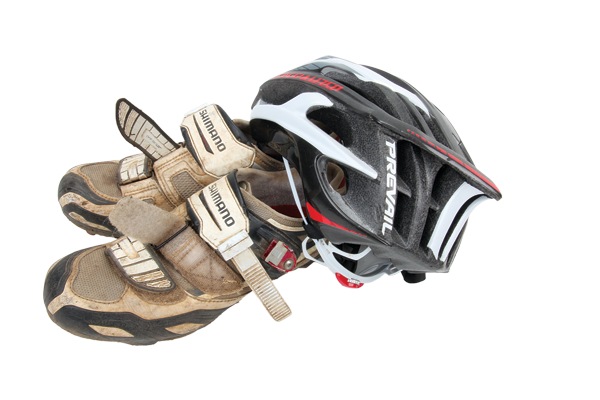Top Tips for a Reliable Mountain Bike
It’s no fun hanging around waiting for someone who’s faffing around trying to fix this or that. If you inevitably wind up being ‘that person’, here’s a bunch of tips that may just keep you pedalling.






Riding with a worn chain will quickly ruin the entire drivechain and result in an expensive repair bill. Replace the chain before it’s worn out and the whole thing will last longer. Also consider having two chains that you alternate, cleaning one chain whilst the fresh one is in use. A ‘quicklink’
style joiner makes this process quick and easy.



suspension pivots on some bikes also have specific needs). Also, it’s always a good idea to use a torque wrench, especially when dealing with lightweight components.



Stanchion lube) under the lip of the wiper seals. Use the end of a cable tie, a plastic card or something similar to gently lift the seal. Don’t use anything sharp or metallic that may damage the seals or inner legs. Also check the manufacturer’s service recommendations to keep everything
performing as intended.


now and then to keep the pedals releasing as they should. It’s also worth placing a drop of oil on the pedal retention mechanism occasionally.






